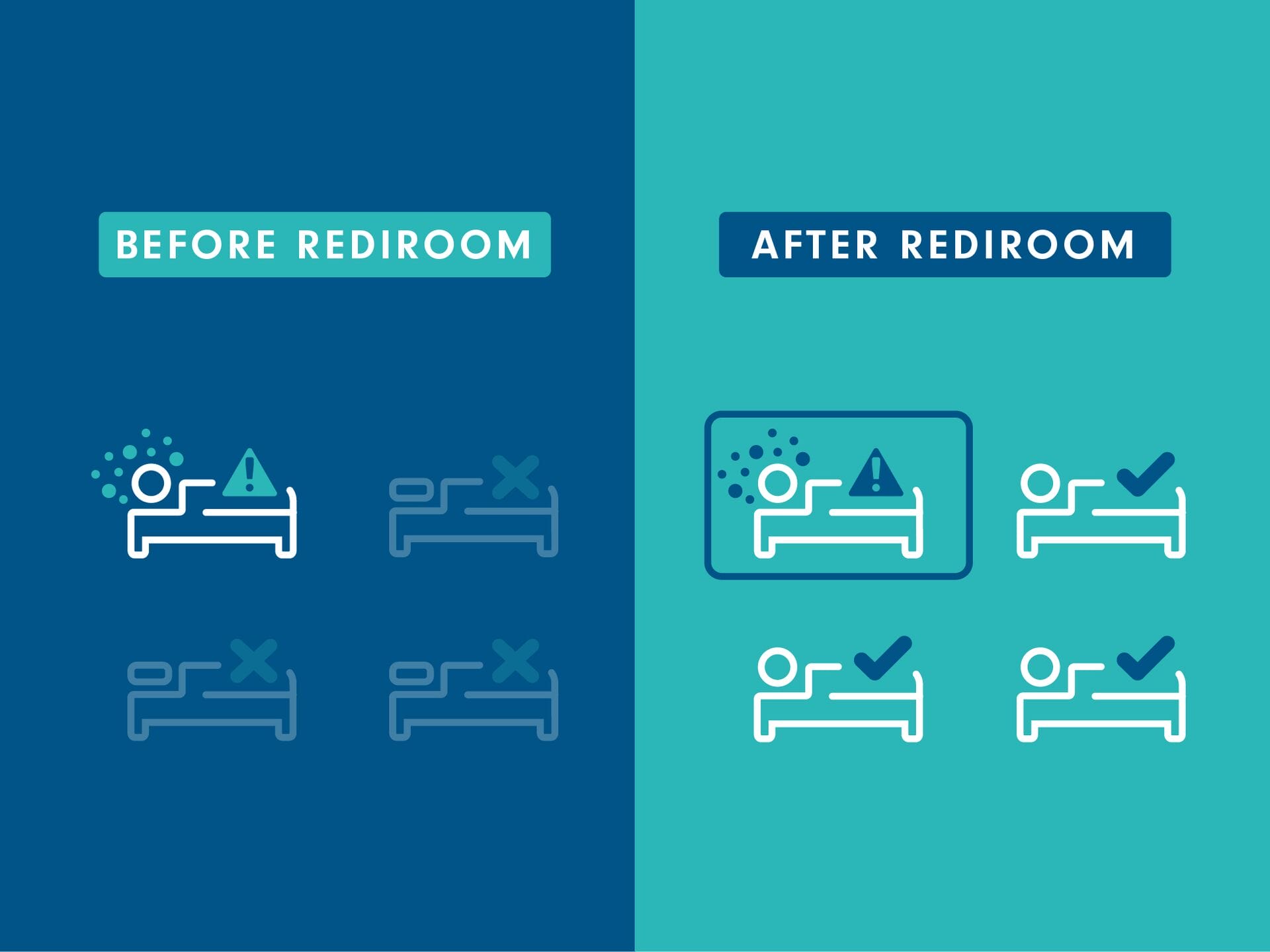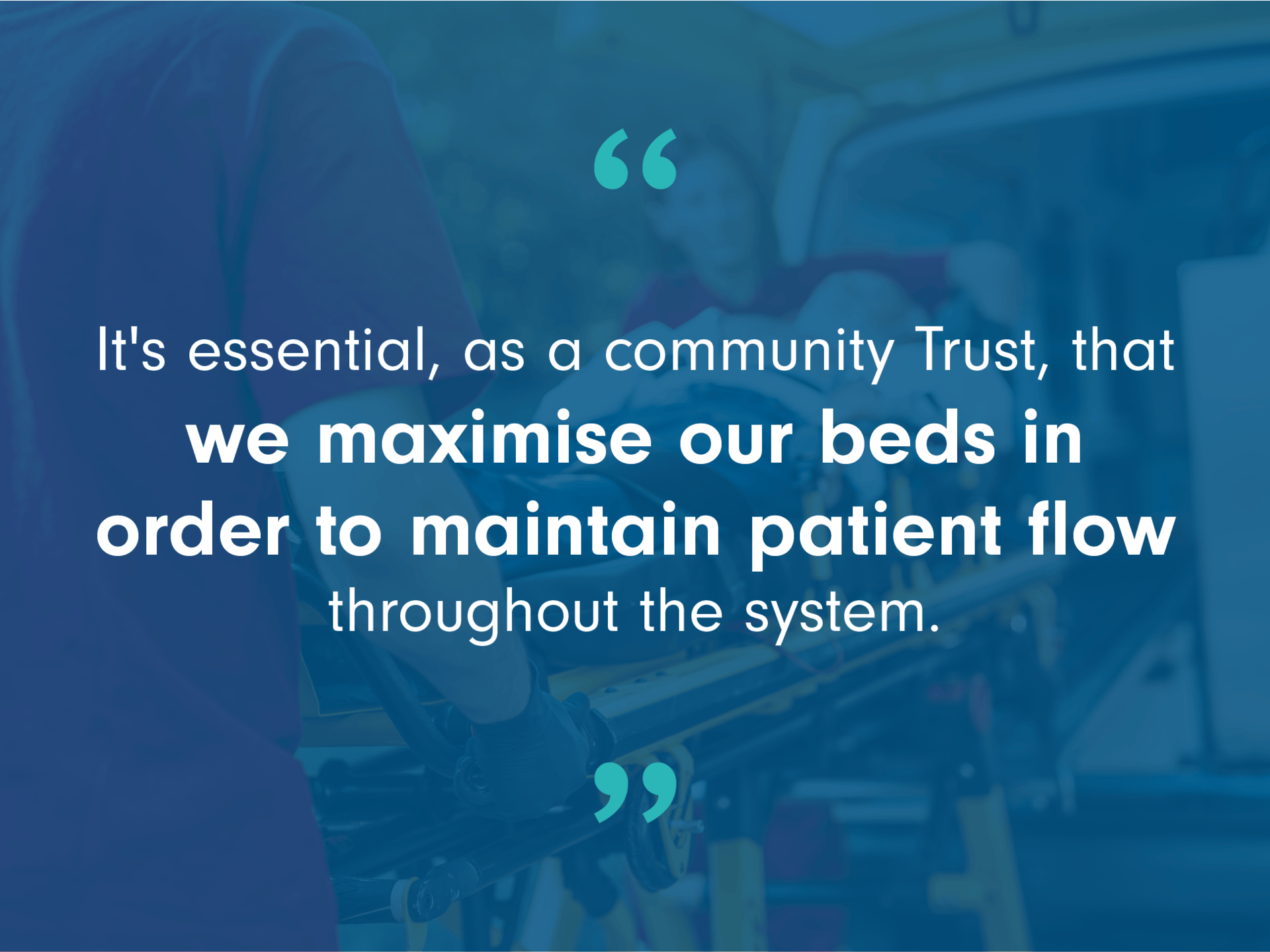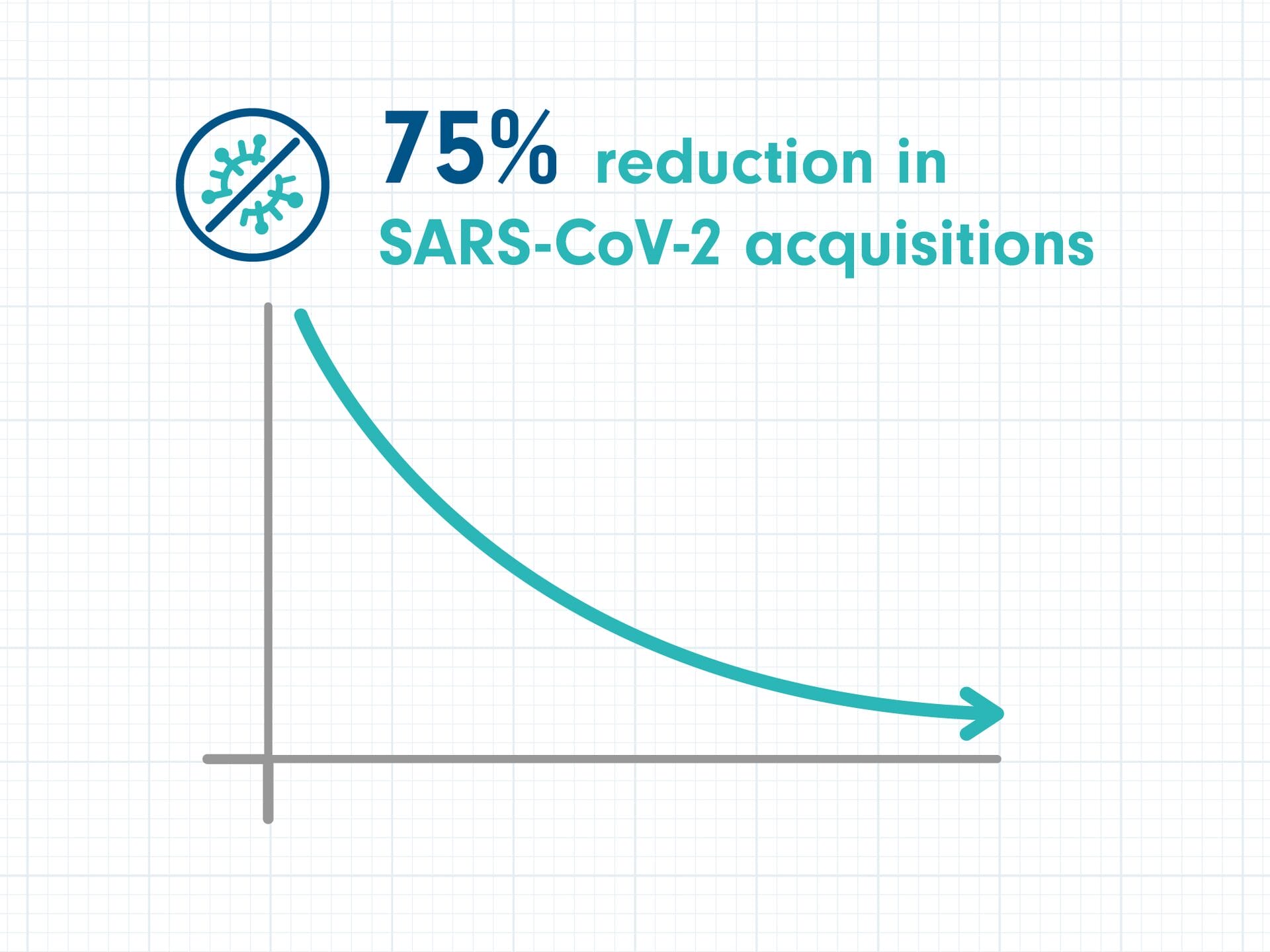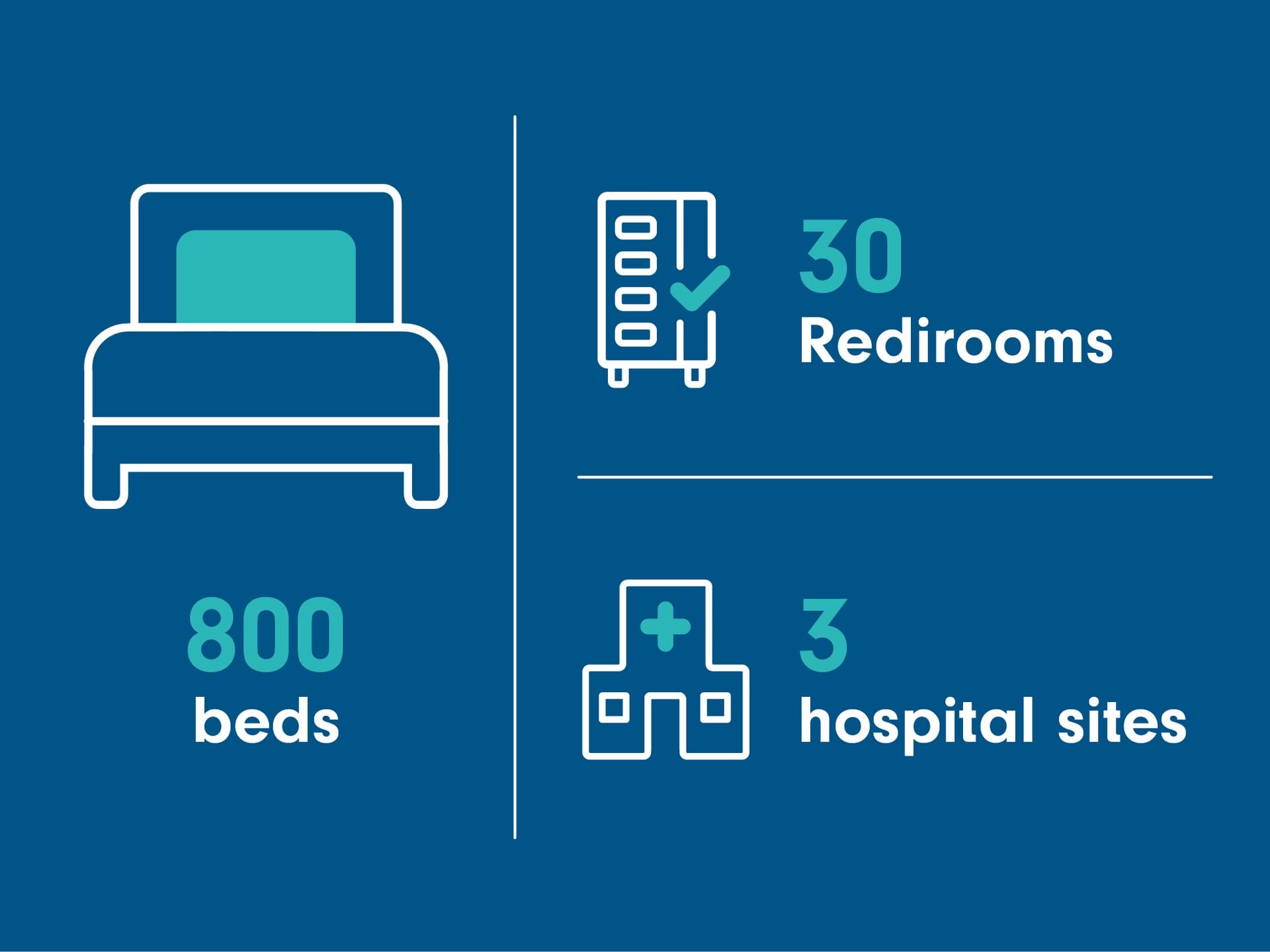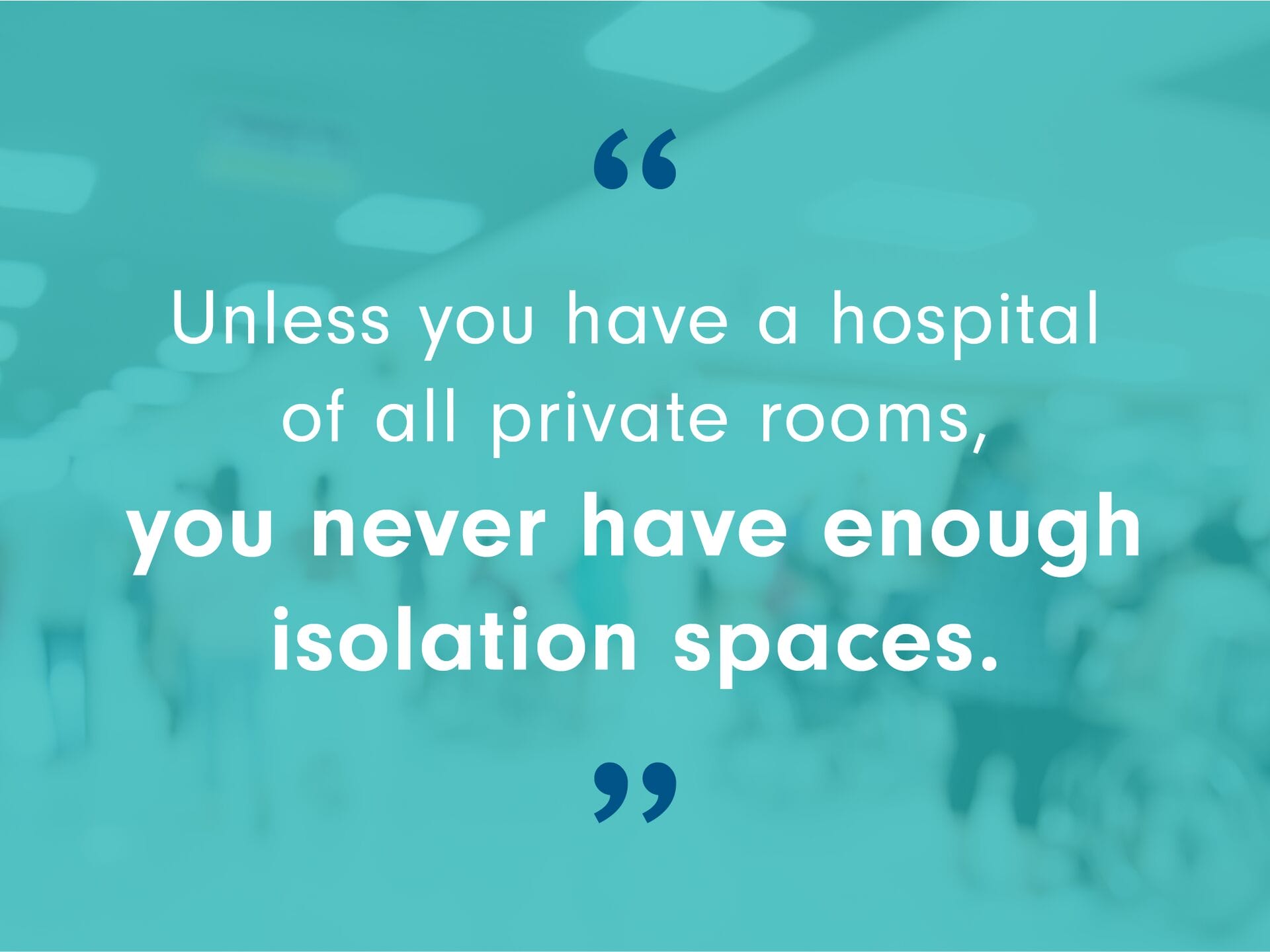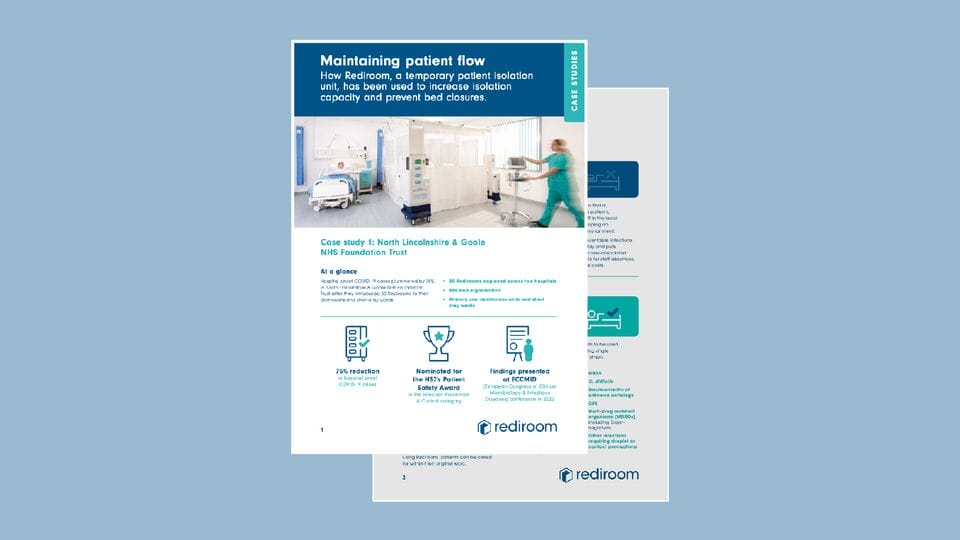Rediroom isolates infectious patients, keeping beds open to those who need them.
Closer look: Maintaining patient flow
Faced with a 'critical bed alert' and possible bay closures, Norfolk Community Health and Care NHS Trust implemented Rediroom, a temporary isolation solution, across their 8 sites.
Managing beds and patients is a challenge faced by healthcare professionals everywhere - something felt first-hand by the team at NCH&C.
With no movement across beds and a 'critical bed alert' at the time, there were growing pressures and shrinking options:
- Close beds and bays
- Isolate patients away from their specialist ward
They chose to implement Rediroom, a solution that enabled them to isolate their patients safely within their ward.
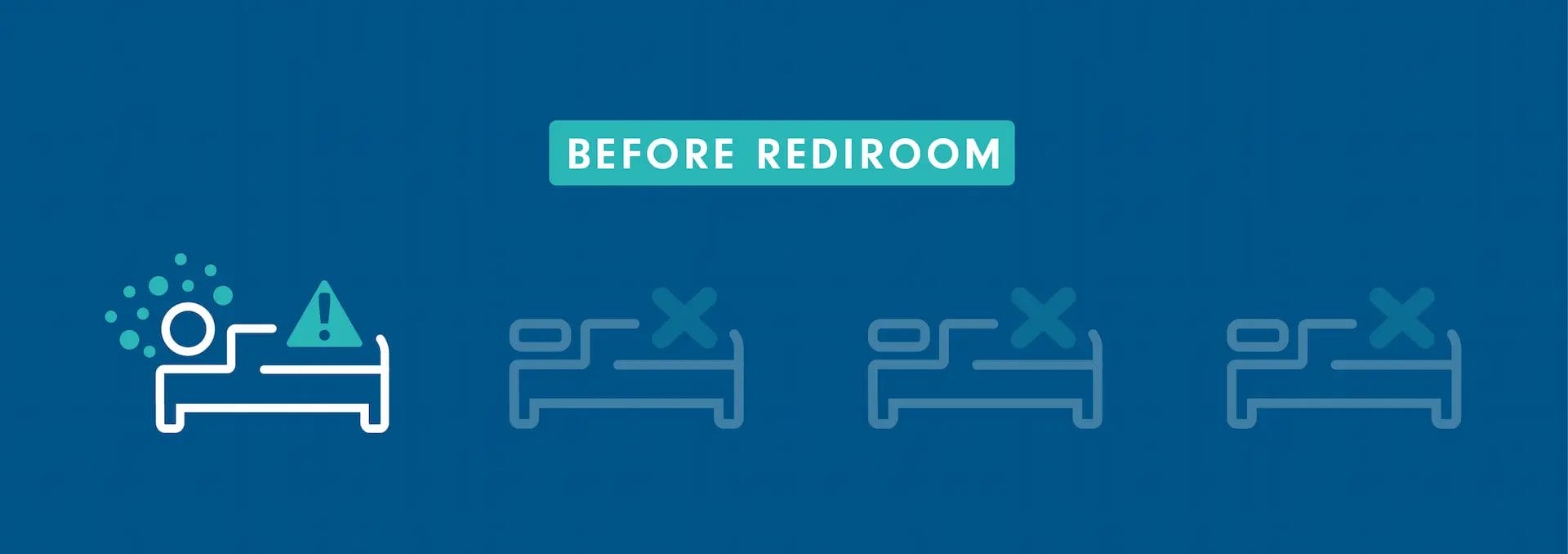
Impact of bed closures
Like many trusts, NCH&C faces challenges with limited single isolation rooms. Meaning that if a patient develops an infection, there is only so much space for them. Many of the wards at NCH&C are 4 bed bays. Therefore, if all the side rooms are occupied, newly infected patients may have to be isolated within a bay, which could result in the closure of 3 further beds.
"If a side room is not available and we have to isolate a patient in a bay we can lose up to 3 beds as they have to be closed."
Bed blocking
Bed closures impact the whole care system, in community and acute care. For healthcare professionals managing patient flow, bed blocking (the inability to move patients in care) is critical.
As a community trust, patients can be transferred to NCH&C from acute hospitals. But if beds are blocked, there may be knock on effects in acute care.
"As a community trust if we cannot take patient transfers because we have beds blocked due to infection and lack of side rooms, this causes further issues in the acutes who then cannot admit.”
Rediroom instant patient isolation
With Rediroom, healthcare workers are able to create isolation spaces within the ward - preventing the possible closure of beds. This way, Rediroom enables NCH&C and other hospitals to continue admitting, treating, and protecting patients.
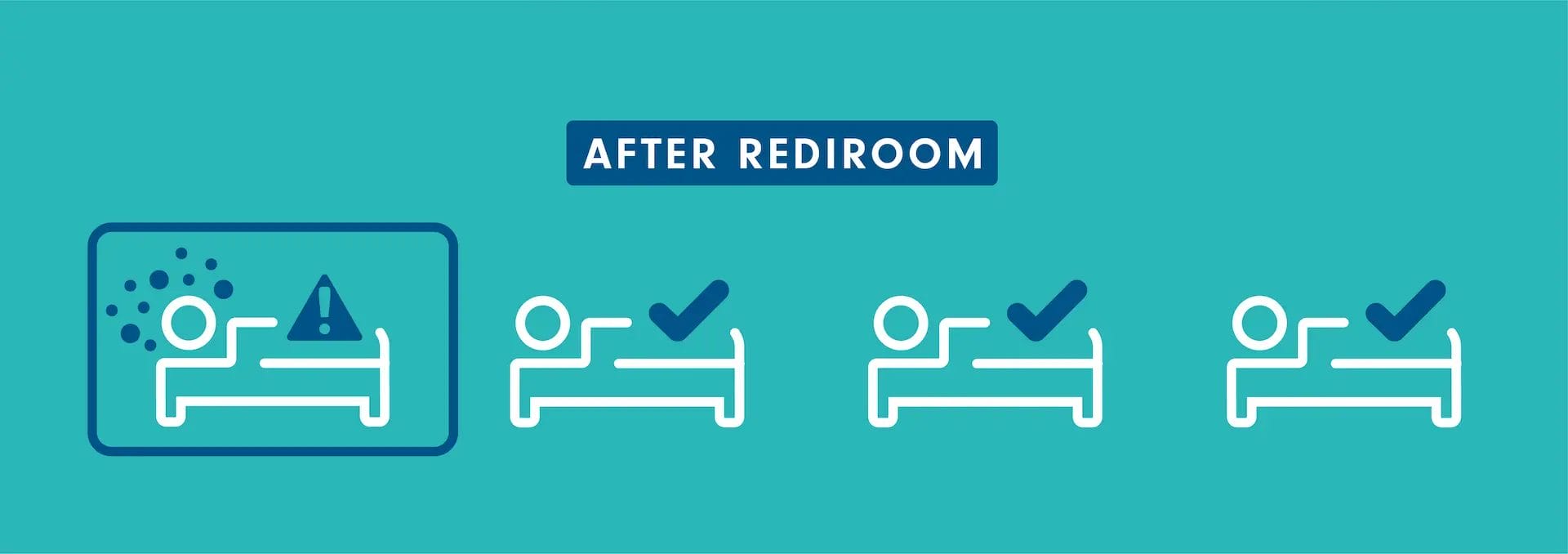
Supporting patient care
NCH&C consists of 10 wards spread across 8 sites and several specialisms - including amputee rehabilitation. When isolation rooms are limited, infected patients may be placed in a single room on another ward. For patients receiving specialist care, it is important to ensure that they are kept close to their care team.
The team at NCH&C believe that "Rediroom will be critical to this site in particular and will be able to maintain those specialist patients on the units they are in."
Implementing Rediroom allowed NCH&C to isolate patients wherever needed. Meaning patients are kept close to their care team, while beds and bays are maximised to maintain patient flow.
Patient safety is our paramount concern for which there is no compromise.
Beth Kimber, Head of Infection Prevention & Control,
Norfolk Community Health & Care NHS Trust
Rediroom has adopted a wide range of uses in hospitals, isolating patients in diverse environments.
Click through examples of how and where Rediroom has been used.
In its simplest form, Rediroom has been used to isolate individual patients within multi-bed wards.
This has helped Trusts such as Shrewsbury & Telford Hospital NHS Trust increase their isolation capacity and avoid bay closures.
Rediroom was used at Shrewsbury & Telford for clinically suspected and confirmed patients with respiratory viruses (including Influenza A, B and SARS-CoV-2) as well as other infections (other current infection eg. MRSA, CPE, C.diff, VRE, ESBL). As regards clinical procedures, performance of aerosol generating procedures (AGPs) was permitted within Rediroom.
In some cases, Rediroom has been used to place recently-admitted patients while they wait for a test result.
North Lincolnshire & Goole NHS Foundation Trust innovatively used Rediroom during the COVID-19 pandemic. Several Rediroom units were deployed within their Medical Admissions Unit, where patients could safely wait while they waited to recieve their test results. After implementation, acquisition of SARS-CoV-2 fell by 75%.
This use of Rediroom was discussed during a presentation at European Congress of Clinical Microbiology & Infectious Diseases' 2022 conference titled 'Use of a temporary patient isolation facility in reducing risk of hospital acquired SARS-CoV-2 infection in a UK hospital'.
Paediatric patients are among the most vulnerable, so the use of Rediroom for their safe isolation has been of utmost importance.
Rediroom was adopted by Evelina London, a paediatric hospital within Guy’s and St Thomas’ NHS Trust. Healthcare professionals were able to deploy Rediroom around a bed or cot, allowing better visibility of their paediatric patients compared to a distant side room.
Shona Perkins, Deputy Director for Infection Prevention & Control, said: “Redirooms provide additional space to safely treat and isolate patients with coronavirus and other infections, such as the flu, mumps and meningitis."
In Critical Care Units and Emergency Departments, timely therapeutic intervention is life-impacting. Therefore, the ability to rapidly respond to isolation requirements (where isolation space is limited) is critical.
That's why Rediroom was adopted at Imperial College NHS Trust, a huge NHS organisation in London based on a number of hospital sites, including St Mary’s, the Hammersmith Hospital, and Charing Cross Hospital.
Rediroom was used to care for patients undergoing non-invasive ventilation, which is classed as an aerosol generating procedure (AGP). These procedures were carried out in the Emergency Department, where isolation capacity is limited and the need for the urgent implementation of vital therapy was paramount.
Speak to a specialist
GAMA Healthcare’s team of Rediroom Specialists are available to support you and your hospital with your patient isolation demand.

